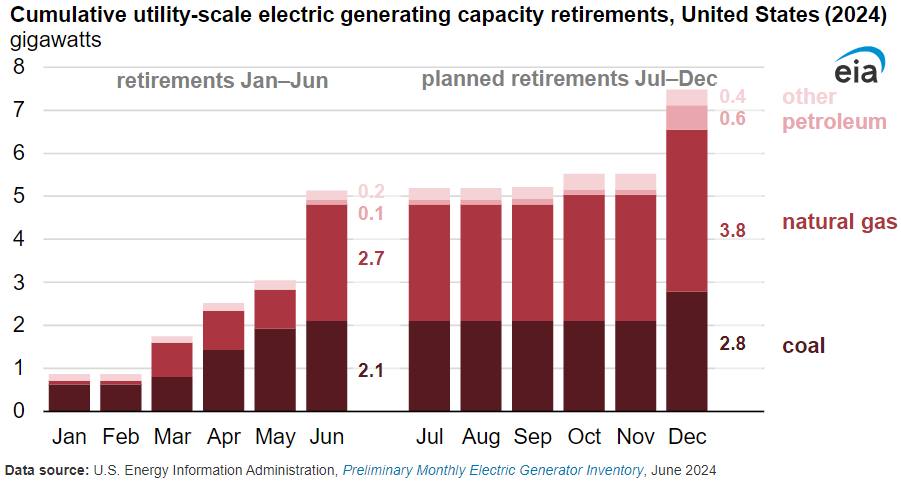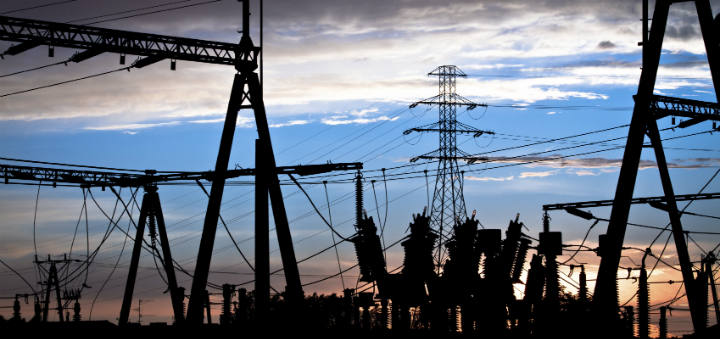The US power grid expanded by 20.2 gigawatts (GW) of utility-scale electric generating capacity in the first half of 2024, according to the US Energy Information Administration’s (EIA) June report. Developers are forecasted to add 42.6 GW of new capacity in the second half of the year.
Solar energy dominated the new capacity, contributing 12 GW (59 per cent), with Texas and Florida being significant contributors. Battery storage added 4.2 GW (21 per cent), mainly in California, Texas, Arizona, and Nevada, while wind energy accounted for 2.5 GW (12 per cent). Georgia’s Vogtle nuclear plant also saw a boost with the addition of a 1,114-megawatt (MW) reactor.
Meanwhile, capacity retirements slowed, with 5.1 GW taken offline, primarily from natural gas and coal plants. Significant retirements included coal units in Florida and Pennsylvania and a natural gas facility in Massachusetts.
Looking ahead, nearly 60 per cent of the planned 42.6 GW capacity for the second half of 2024 is expected to come from solar energy (25 GW), followed by 10.8 GW of battery storage and 4.6 GW of wind energy. If all planned projects are completed, solar additions could total 37 GW for the year, setting a new record.
Moreover, battery storage could also reach a record 15 GW, with 81 per cent of the new capacity concentrated in Texas and California. Additionally, 2.4 GW of capacity is scheduled to retire, including 0.7 GW of coal and 1.1 GW of natural gas.

Attribution: US Energy Information Administration’s (EIA) data
Subediting: M. S. Salama



